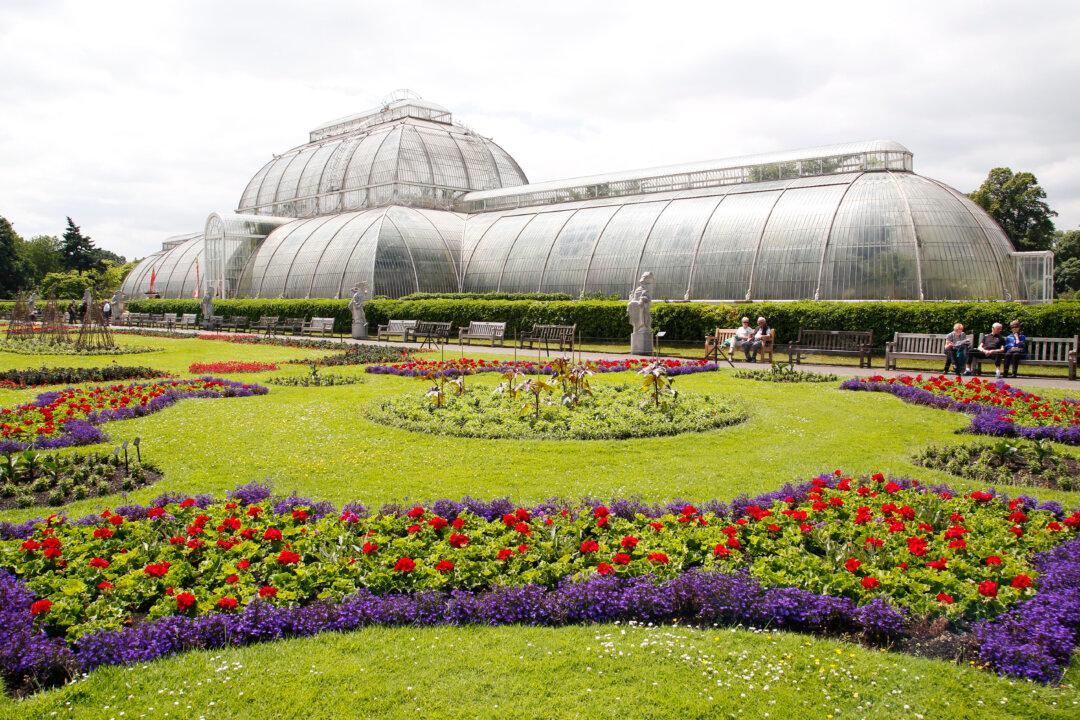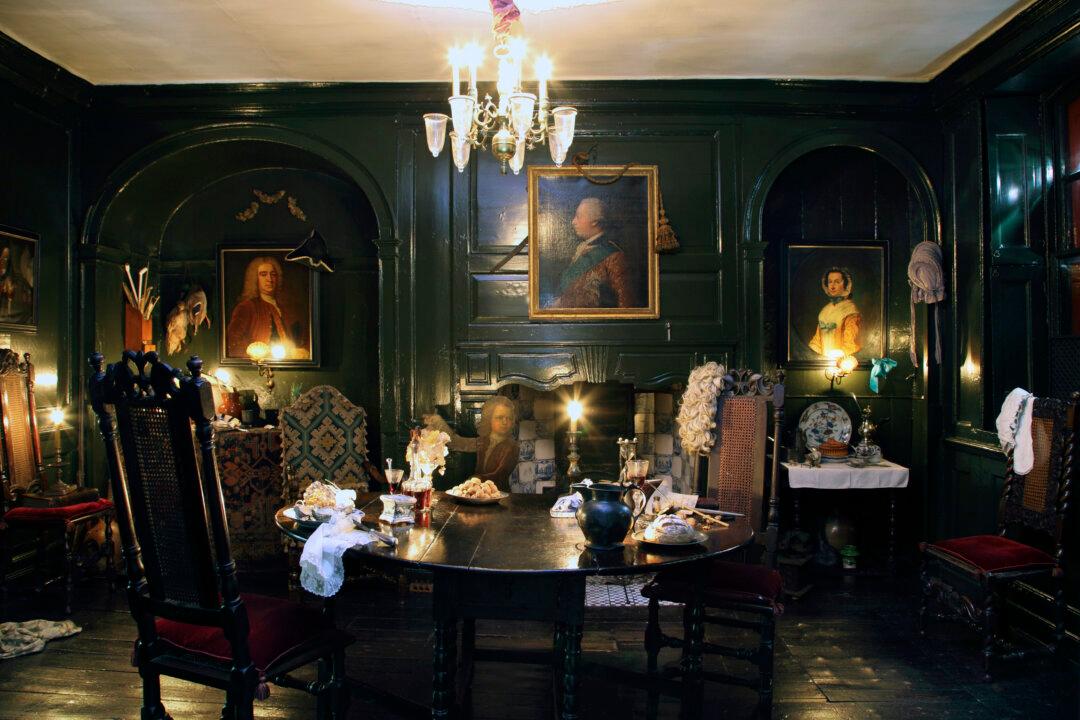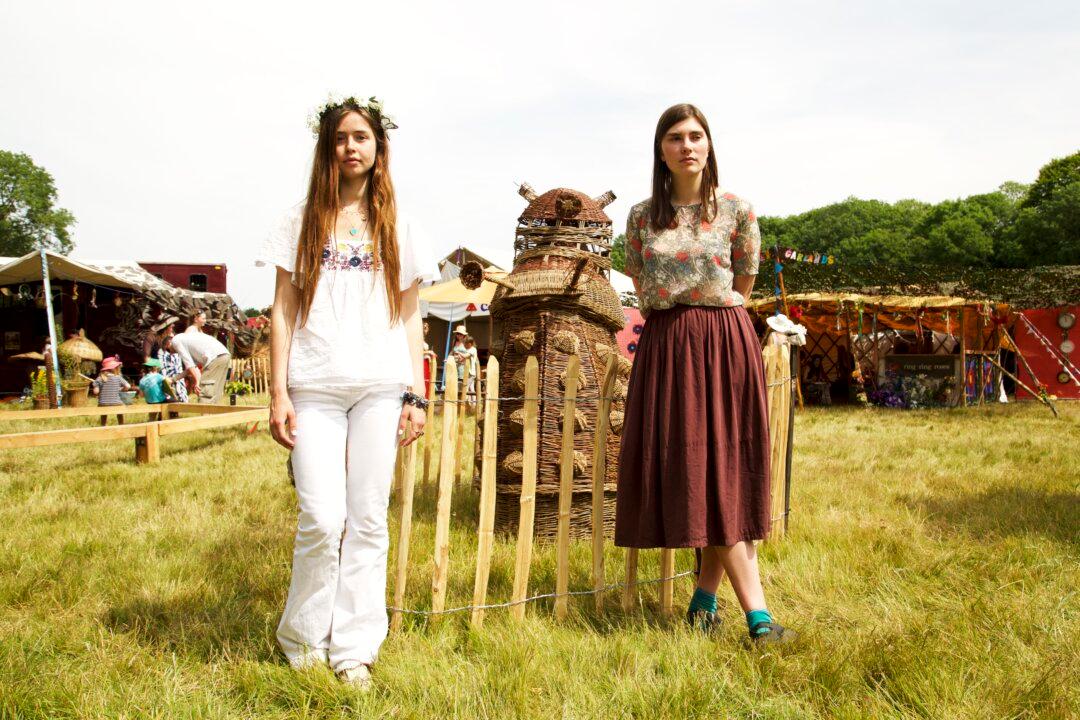Entering Kew Gardens in London, the first sight that hit me was the iconic Victorian Palm House, looking like a half-buried, upside-down transparent Zeppelin. Made from glass and iron, it was designed by Decimus Burton and engineered by Richard Tanner to accommodate the exotic palms being collected and introduced to Europe in early Victorian times.

Pachystachys lutea "Lollipop Plant"





